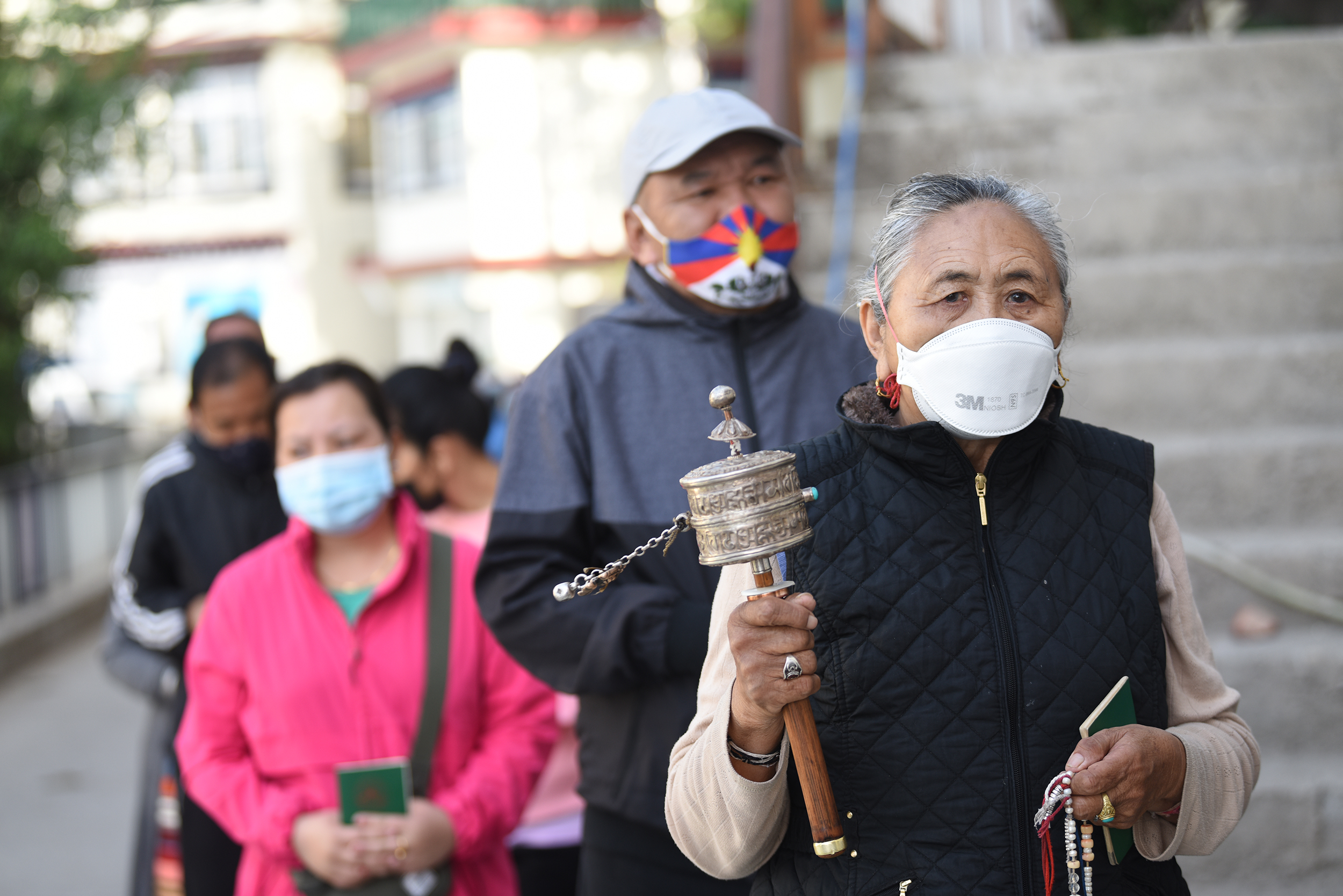The Tibetan Story and Perspective
Displaced and Stateless People in South Asia

In 1959, over 80,000 Tibetans along with the Dalai Lama, Tibet’s spiritual leader, sought refuge in South Asia. The Tibetan refugee community of South Asia residing in the three South Asian countries, namely in India, Nepal and Bhutan fled the Chinese persecution with a clear intention of returning to a free Tibet as soon as the persecution is over. It views itself an exiled rather than a refugee community and even has a central administration that operates like an exiled government. This paper provides an overview of the unique situation of the Tibetan refugees in South Asia and explains their status as well as policies of the host governments. It further describes the strategies adopted by the Tibetan refugee community with possible lessons for other displaced communities. The discussions of this study further focus on the key issues and challenges followed by policy recommendations.
The Tibetan community is faced with a number of issues in their quest for identity and self-determination. The situation in Tibet is deteriorating more than ever in which Xi Jinping has embarked on a hardline policy of assimilation. On the other hand, the Tibetan population is drastically declining in South Asia from a peak of 150,000 due to the outbound migration to the Western countries. There is also the critical issue of succession of the 14th Dalai Lama who will turn 88 years old in 2023 coupled with a weak political leadership and fragility of the Tibetan democracy in exile; and threats to the culture, language and identity of the Tibetan people.
To tackle the above issues, this paper proposes a number of liberal recommendations. In this regard, it is important to articulate a clear stance on the succession and reincarnation of the 14th Dalai Lama. Strengthening Tibetan leadership and democracy as well as connecting Tibetans to other stateless and refugee communities and sharing best practices are fundamental to survival of the group. Moreover, investing in strengthening the resilience of Tibetan culture and supporting communities and organizations working for a more free and open China should be a top priority.
Can the community find the leadership who will lead it towards the aspiration of Tibetans, and protect their culture, identity and restore freedom in Tibet? The Tibetan refugee has been a success story, but it is at a crossroads. How the community navigates the next ten years is a critical consideration.
